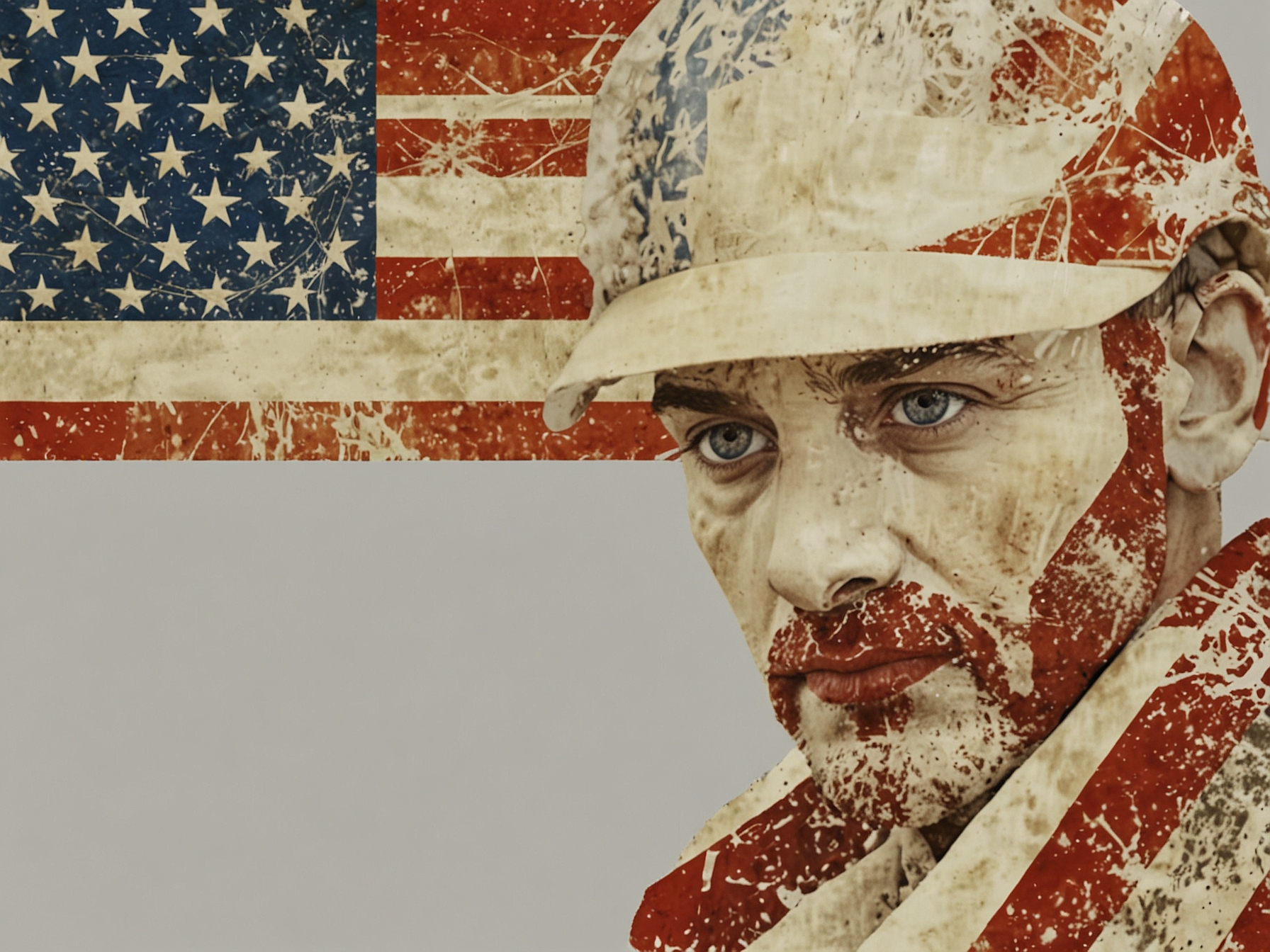

They came down in the dark.
It was just after midnight when the villagers of Sainte-Mere-Eglise awoke to the sound of planes, gunfire, explosions…and the sight of American paratroopers landing in their gardens. Despite the hour, despite how groggy they were, they knew in an instant what was happening. It was June 6, 1944. D-Day. The long-promised invasion of France had begun.
But the men of the 82nd and 101st Airborne divisions had no idea what was going on. They came down in the dark, scarcely able to see. They came down scattered and isolated. They came down without equipment or supplies except what they could carry on their backs. They came down without communication equipment except for their own voices, which they could hardly use for fear of alerting snipers. They came down without many of their comrades, whose planes had crashed or been driven miles off course. They came down without any certainty of where they were or where to go.
But they came down. And the one thing they did come down with was courage.
Quickly, little knots of soldiers, often from different units, banded together. Ducking snipers’ bullets, they felt their way through the countryside, blocking roads, cutting telephone wires, and seizing bridges as fast as they could before the main German forces realized what was happening. But then, when they entered the town square of Sainte-Mere-Eglise, they stopped short. There, in the trees, hung the bodies of their comrades, parachutes tangled in the branches. Shot before they could even reach the ground.
For several minutes, all the stunned soldiers could do was stand there. Staring – as one veteran later put it – “filled with a terrible anger.”
Then, an officer came forward. Slowly, Colonel Edward Krause pulled from his pocket a faded, threadbare American flag. A flag that had already seen action on the island of Sicily and been raised triumphantly over the city of Naples. Earlier, Krause had promised his men that, “before dawn of D-Day, this flag will fly over Sainte-Mere-Eglise.”1 The paratroopers followed as he walked to the town hall, went to the flagpole, and raised the Star-Spangled Banner over the first town to be liberated in France.
They came down scattered and isolated. They came down with little equipment or supplies. They came down in the dark. But they came down. And all through the day and into the next, as they fought to hold the village, the little American flag flying over Sainte-Mere-Eglise never did.
Off the coast of Normandy, the crew of the U.S.S. Corry knew they were a target. The plane that was supposed to lay a smoke screen for them had been shot down. Nevertheless, they knew they had to get as
close to the beach as possible. As the lead destroyer for the entire invasion, their job was to destroy as much of the German fortifications as they could so that the infantry could land on Utah Beach.
The crew of the Corry knew they were a target. Still, their commander, George Hoffmann, sailed to within 1,000 yards of the beach and dropped anchor. Soon, the sailors had destroyed one German battery, but another seemed especially intent on sinking them. Realizing they could no longer press their luck, Hoffmann gave the order to move back. But the water was so shallow, it wasn’t safe to simply turn around. For the next several minutes, the sailors exerted every muscle and called upon every ounce of experience they had to keep the ship moving forward, then back, left, then right, stopping and starting…all while the ship’s guns fired so hot, deckhands had to keep hosing them down. Finally, the Corry managed to turn…but then their luck ran out.
The explosion was so huge, Hoffmann thought “the ship had been lifted by an earthquake.”1 The Corry had been hit. Hard. Water poured into the hull. A foot-wide crack ran across the main deck, leaving both ends of the ship pointed upwards. The Corry was turning into a sinking steel coffin. But through it all, the Corry’s guns kept firing…until Hoffmann gave the order: Abandon ship.
Still, still, the crew of the U.S.S. Corry knew they were a target. As the sailors raced to board rafts and lifeboats, the German artillery kept firing. As the senior officer, Hoffmann waited until everyone was off the ship, then dived into the water and swam toward a raft. Explosions continued to roil the sea as the Corry slipped beneath the waves, leaving only the masts and part of the stern still visible.
But Hoffmann was not the last to leave. Stunned, he and the survivors saw an unknown man climb the Corry’s stern. The sailor removed the ship’s flag, which had been shot down, then swam to the main mast. He knew he was a target. Shells were falling all around him. The crew watched in awe as, despite this, the sailor “calmly tied on the flag and ran it up the mast” before swimming away.
No one knows who the sailor was or what happened to him. But we know what happened to flag. The mast continued to jut above the water. For a few seconds, the flag hung there. Then it stretched out. The Stars and Stripes rippled in the breeze. Refusing to succumb to the sea.
***
Next month marks the 80th anniversary of the D-Day landings. As we prepare to observe Memorial Day, we think it’s right that we remember a third flag flown over the beaches of Normandy.
Every morning, at the American Cemetery in Normandy, the American flag rises over the graves of those who fell on D-Day. They gave their lives to plant the flag. To defend the flag. And most of all, to ensure that what the flag stands for – freedom, liberty, justice, equality – would never be extinguished from the earth. We are so grateful for them. We know you are, too. So, this Memorial Day, let us all do our best to remember the words inscribed near that flag:
We have not forgotten, we will never forget, the debt of infinite gratitude that we have contracted with those who gave everything for our freedom.
On behalf of our entire team, we wish you a safe and peaceful Memorial Day.
Sincerely,
Barbara B. Hudock CIMA®, CPM®
Chief Executive Officer
Founding Partner
Michael J. Hudock, Jr., CPM®
President and Founding Partner
Wealth Consultant
1 Cornelius Ryan, The Longest Day: June 6, 1944. New York, Simon and Schuster, 1959.
